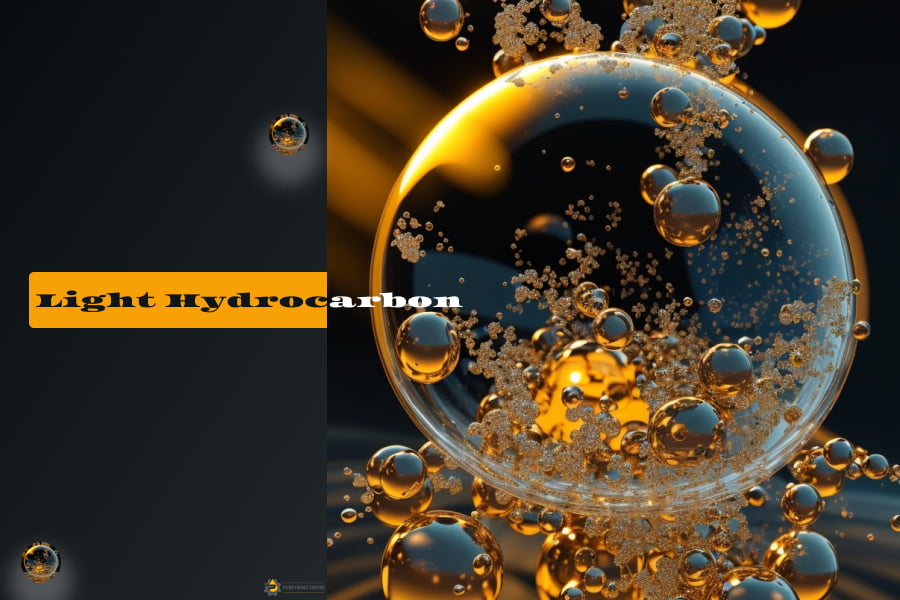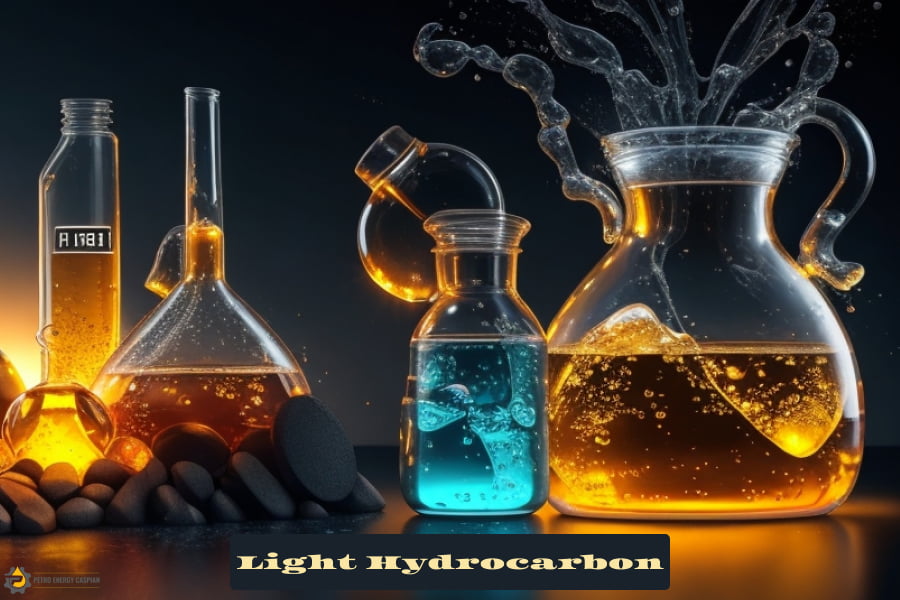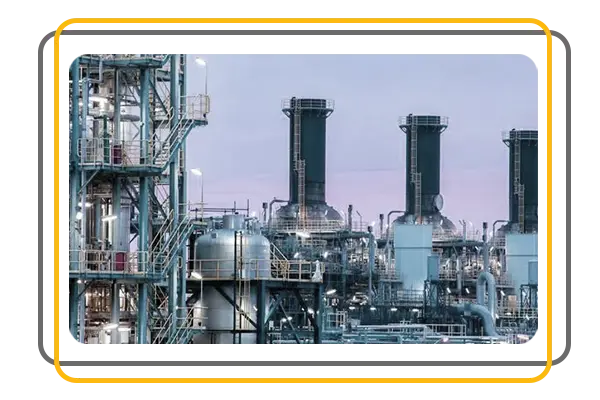Properties of Light Hydrocarbons
- Molecular Structure: Light hydrocarbons have simple molecular structures, typically consisting of straight or branched chains of carbon atoms with hydrogen atoms attached. The number of carbon atoms in a light hydrocarbon molecule can range from one to four.
- Physical State: Due to their low molecular weights, light hydrocarbons are primarily gases at room temperature and atmospheric pressure. However, some, such as butane and pentane, can exist as liquids under normal conditions. The boiling points of light hydrocarbons decrease as the number of carbon atoms in the molecule increases.
- Boiling Points: Light hydrocarbons have relatively low boiling points, allowing them to vaporize easily. This characteristic makes them valuable in various applications, including fuel and energy production. For example, methane (CH4), the simplest light hydrocarbon, has a boiling point of -161.5°C. This means that it can be easily liquefied by cooling it to a very low temperature.
- Combustion: Light hydrocarbons burn cleanly, producing carbon dioxide and water vapor. This makes them a more environmentally friendly choice than heavier hydrocarbons, such as coal and oil.
- Flammability: Light hydrocarbons are flammable and can be dangerous if not handled properly. They should be stored in well-ventilated areas and away from heat sources.
- Solubility: Light hydrocarbons are soluble in other organic solvents, but they are not soluble in water. This makes them useful for a variety of applications, such as cleaning and degreasing.

Applications of Light Hydrocarbons
Light hydrocarbons have a wide range of applications, including:
- Fuel and Energy Production: Light hydrocarbons serve as crucial sources of energy. Methane, commonly found in natural gas reserves, is widely used for heating, cooking, and electricity generation. Propane and butane are popular choices for residential and commercial fuel applications, such as heating, cooking, and powering vehicles.
- Chemical Feedstocks: Light hydrocarbons act as essential feedstocks for the production of various chemicals and petrochemicals. They serve as raw materials for the synthesis of plastics, synthetic fibers, solvents, and other chemical compounds. For example, ethylene, a key component derived from ethane, serves as a building block for the production of plastics, resins, and synthetic rubber.
- Refrigerants and Aerosol Propellants: Gaseous light hydrocarbons like propane and butane are utilized as refrigerants in air conditioning systems and as propellants in aerosol products, including sprays and foams.
- Industrial Processes: Light hydrocarbons are involved in several industrial processes. For example, propylene, obtained from propane, finds applications in the manufacture of various chemicals, including paints, adhesives, and coatings.
- Medical Applications: Light hydrocarbons are used in a variety of medical applications, such as anesthesia and as a propellant for metered-dose inhalers.
Future of Light Hydrocarbons
The use of light hydrocarbons is likely to continue to grow in the future. This is because they are a relatively inexpensive and efficient source of energy. However, the environmental impact of light hydrocarbons will need to be carefully considered as their use grows.
One way to reduce the environmental impact of light hydrocarbons is to use them as feedstock for the production of renewable fuels. For example, methane can be used to produce hydrogen, which can then be used to power fuel cells.
Another way to reduce the environmental impact of light hydrocarbons is to improve the efficiency of their combustion. This can be done by using better stoves and heaters, and by using more efficient engines in vehicles.
The future of light hydrocarbons is bright. They are a versatile group of compounds that have a wide variety of uses. As the world moves towards a more sustainable future, light hydrocarbons will play an increasingly important role in meeting our energy needs.

Additional Information
- The smallest light hydrocarbon is methane (CH4), which is the main component of natural gas.
- Ethane (C2H6) is the next lightest hydrocarbon, and it is also found in natural gas.
- Propane (C3H8) and butane (C4H10) are two other common light hydrocarbons.
- Light hydrocarbons are found in a variety of sources, including natural gas, petroleum, and coal.
- Light hydrocarbons are used in a wide variety of applications, including fuel, energy production, chemicals, and refrigerants.
- Light hydrocarbons are clean-burning and energy-dense, making them a valuable resource for a variety of applications.

